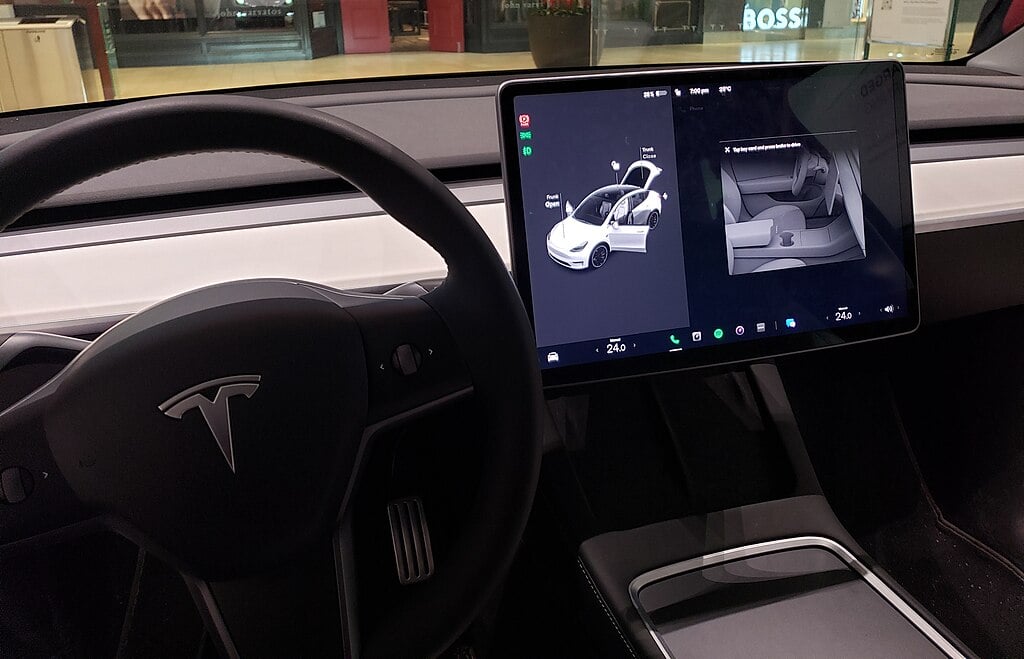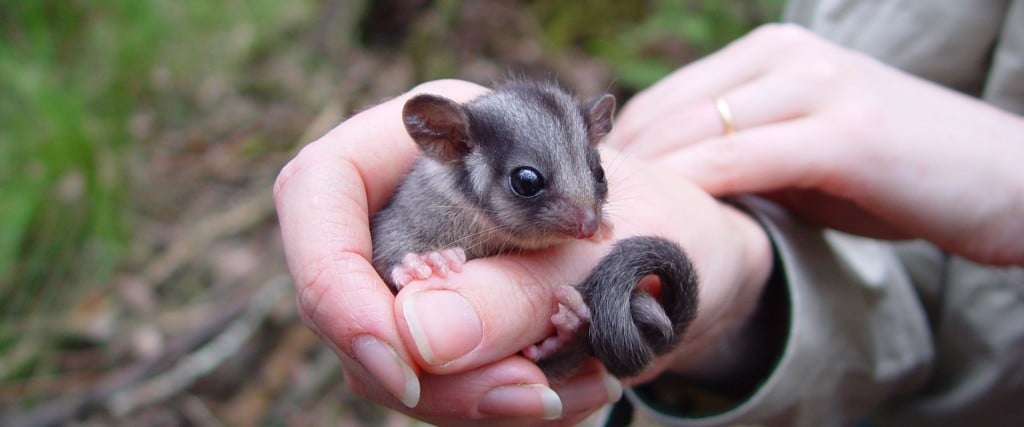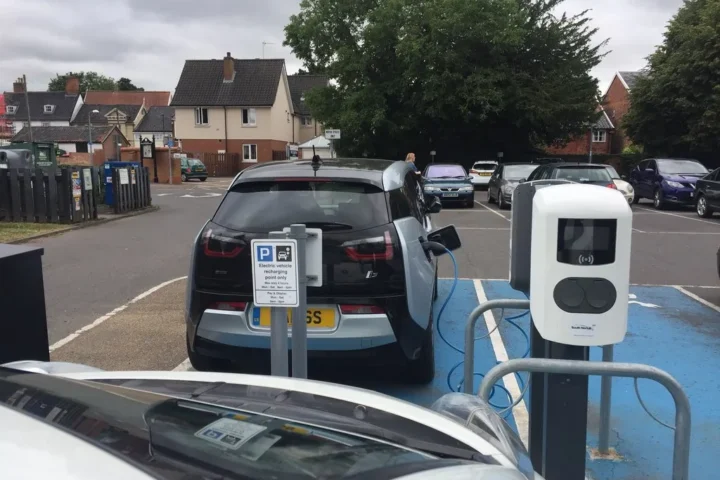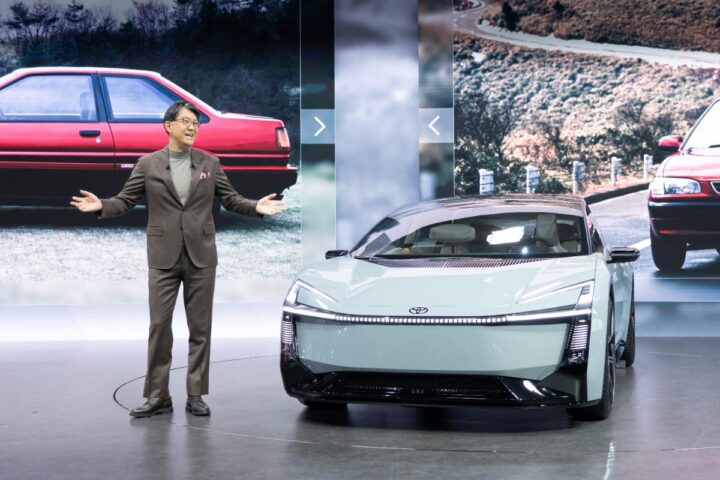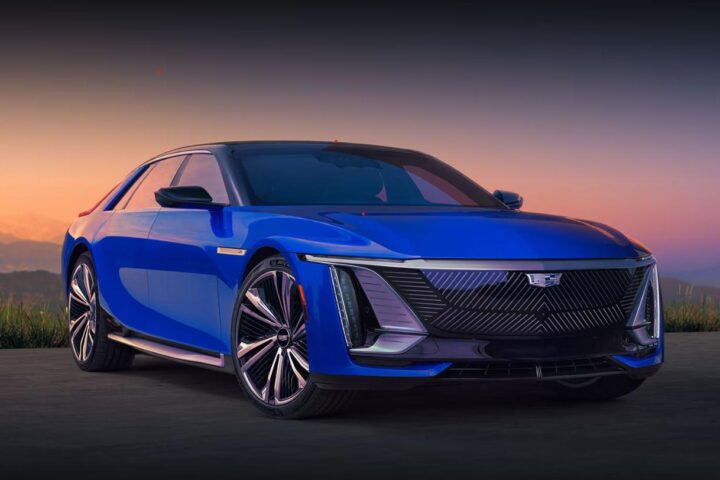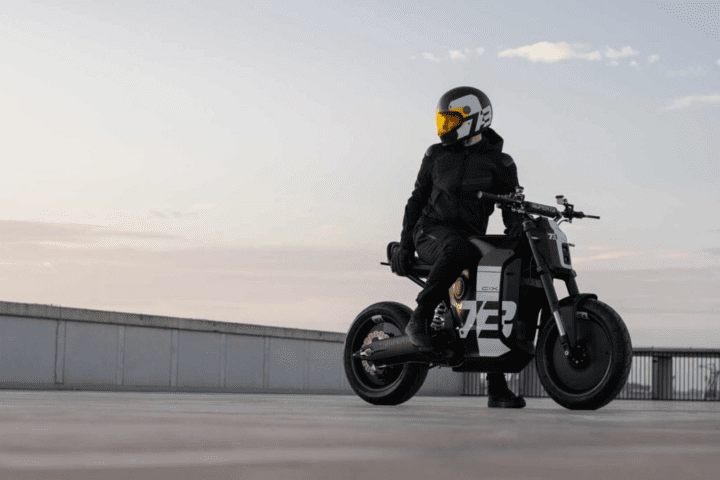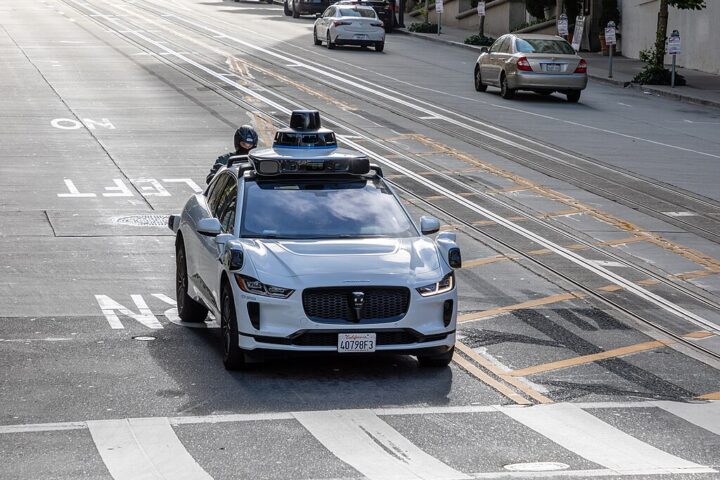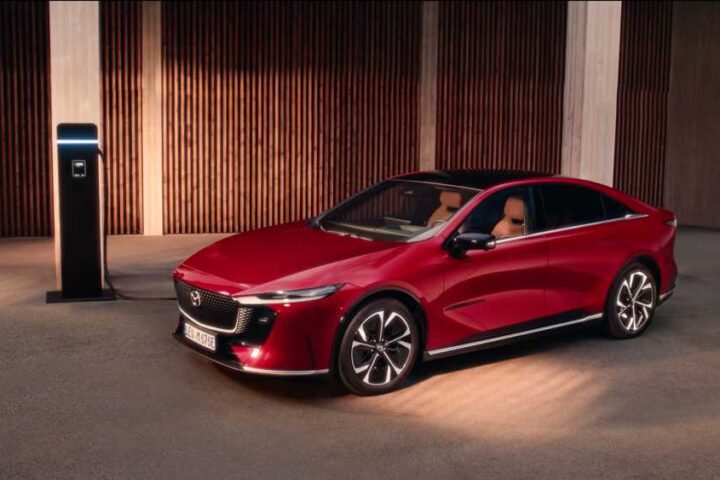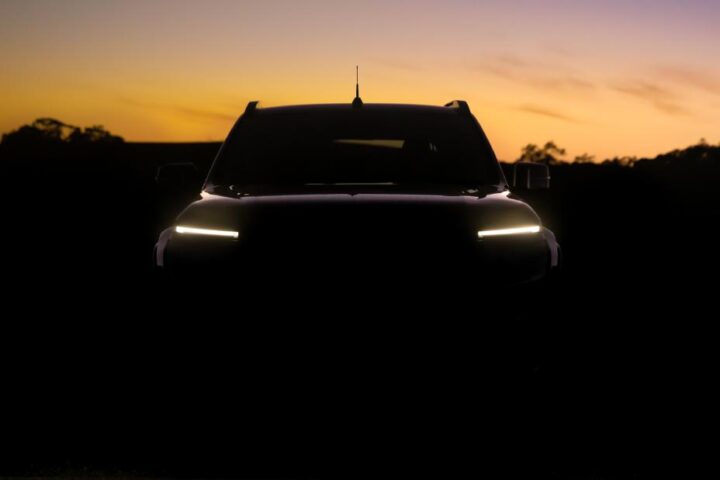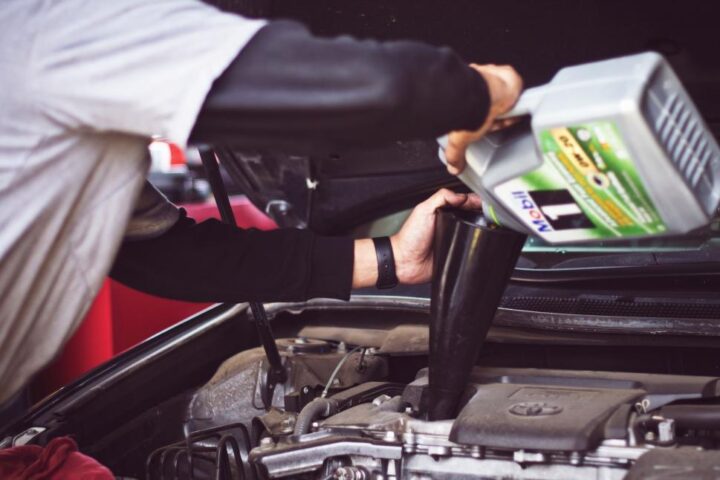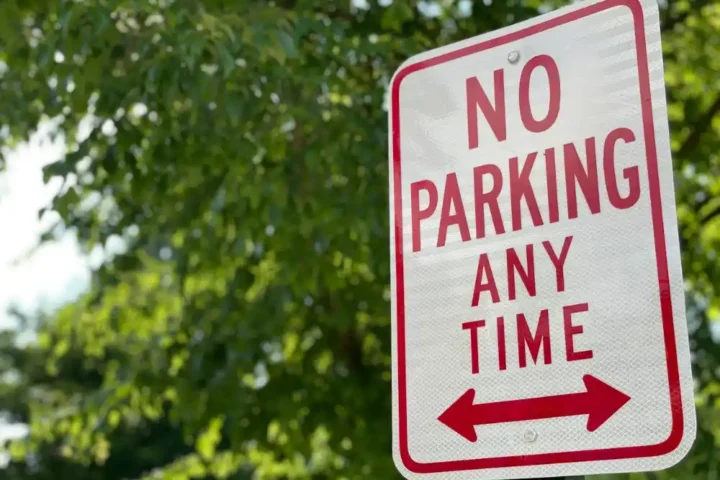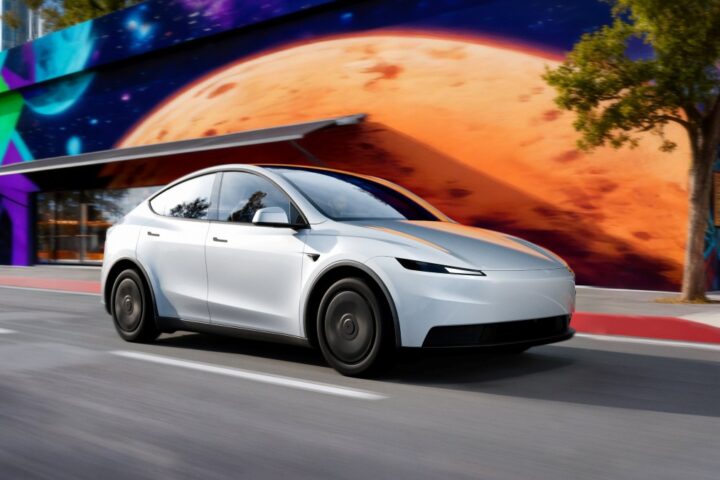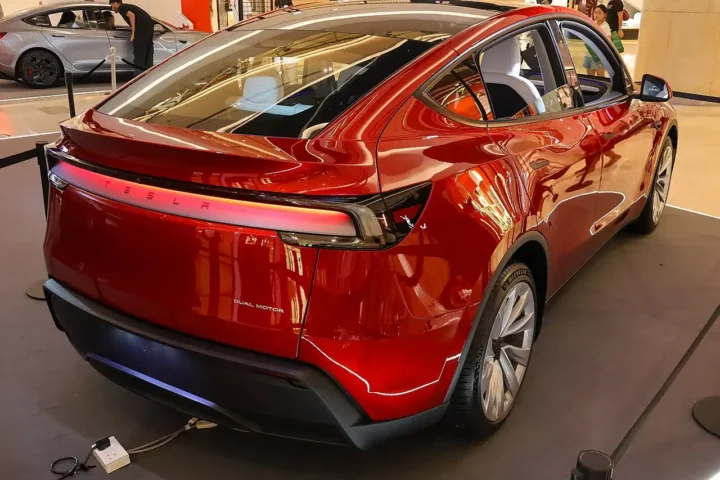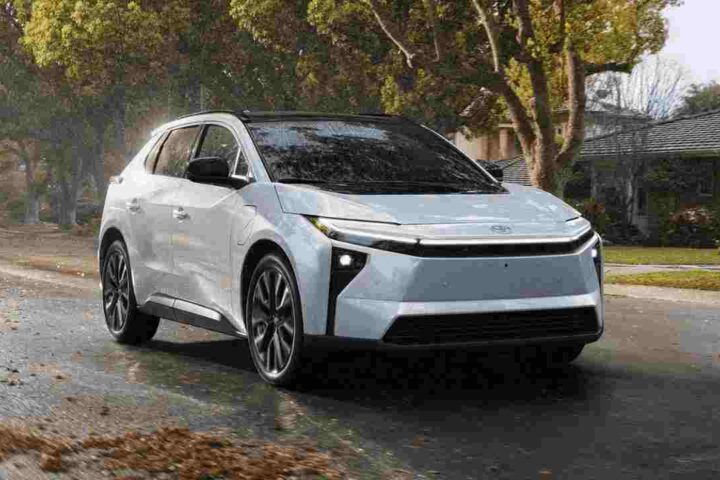Tesla has launched a new safety feature that could save children’s lives by detecting when they’re left alone in a car. Called “Child Left Alone Detection,” this system uses special radar technology inside the car to spot a child’s heartbeat and breathing—even if they’re hidden under a blanket or in a rear-facing car seat.
About 37 children die each year in the US after being left in hot cars, according to the National Highway Traffic Safety Administration. More than half of these deaths happen when parents or guardians accidentally leave a child behind.
“If an unattended child is detected, the vehicle will flash the exterior indicator lights, play an alert tone, and send a notification to your Tesla app,” Tesla explains in its update notes. “This will repeat at regular intervals until you return to your vehicle.”
The system works differently from older methods that relied on seat weight sensors or door opening patterns. Tesla’s radar can detect tiny movements like breathing, making it more reliable.
Similar Post
For parents wondering about older Tesla vehicles, the good news is this technology uses radar hardware already built into many existing cars. The company has begun rolling out the feature through a free software update (version 2025.14.12), starting with Model 3 cars made from mid-2023 onward in Europe. Tesla says other models and regions will get the update in the coming months.
Car owners don’t need to pay extra for this feature—it comes as part of the regular software updates Tesla sends to its vehicles. The feature is turned on automatically, but drivers who want to turn it off can do so through the car’s touchscreen by going to Controls > Safety > Child Left Alone Detection.
Before this update, Tesla had a feature called “Cabin Overheat Protection” that would keep the car from getting too hot when parked, but it didn’t specifically detect children. The new system does both—it spots a child and then alerts the owner immediately.

The car’s interior can reach dangerous temperatures quickly. When it’s just 70 degrees outside, the inside of a parked car can heat up to over 115 degrees. At body temperatures above 104 degrees, heat stroke becomes a serious risk.
Privacy-conscious owners should know that all the information from the radar stays in the car and isn’t sent back to Tesla.
Tesla isn’t alone in developing this technology. Hyundai has also created similar systems, and starting in 2025, European car safety ratings will require child detection features in new vehicles.
This update shows how car companies can use software to add new safety features to existing vehicles—potentially saving lives without requiring customers to buy new cars.
